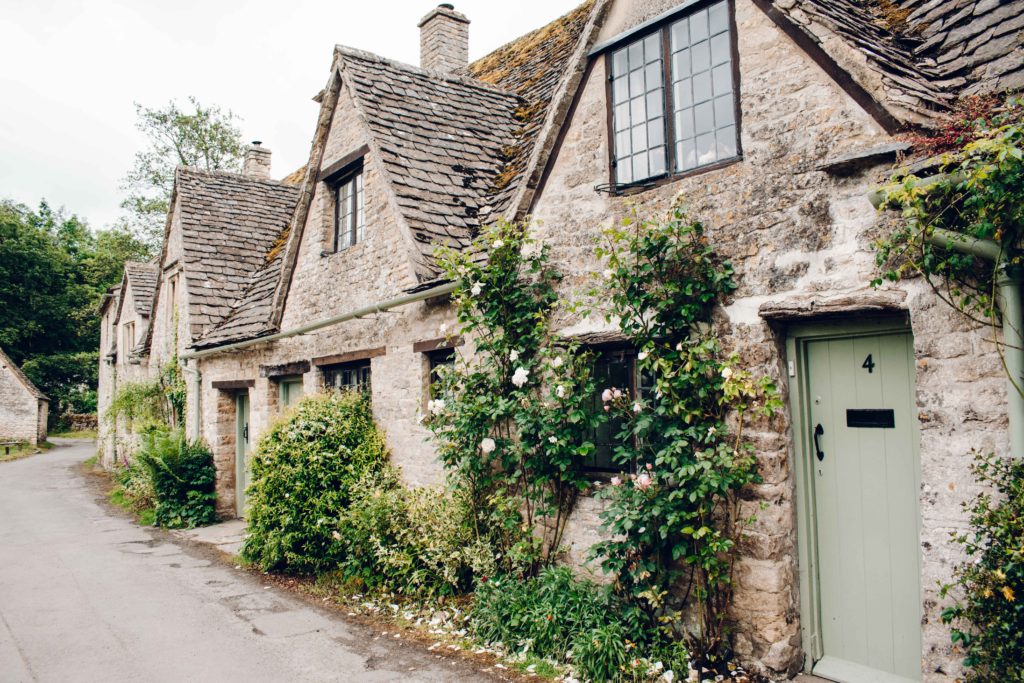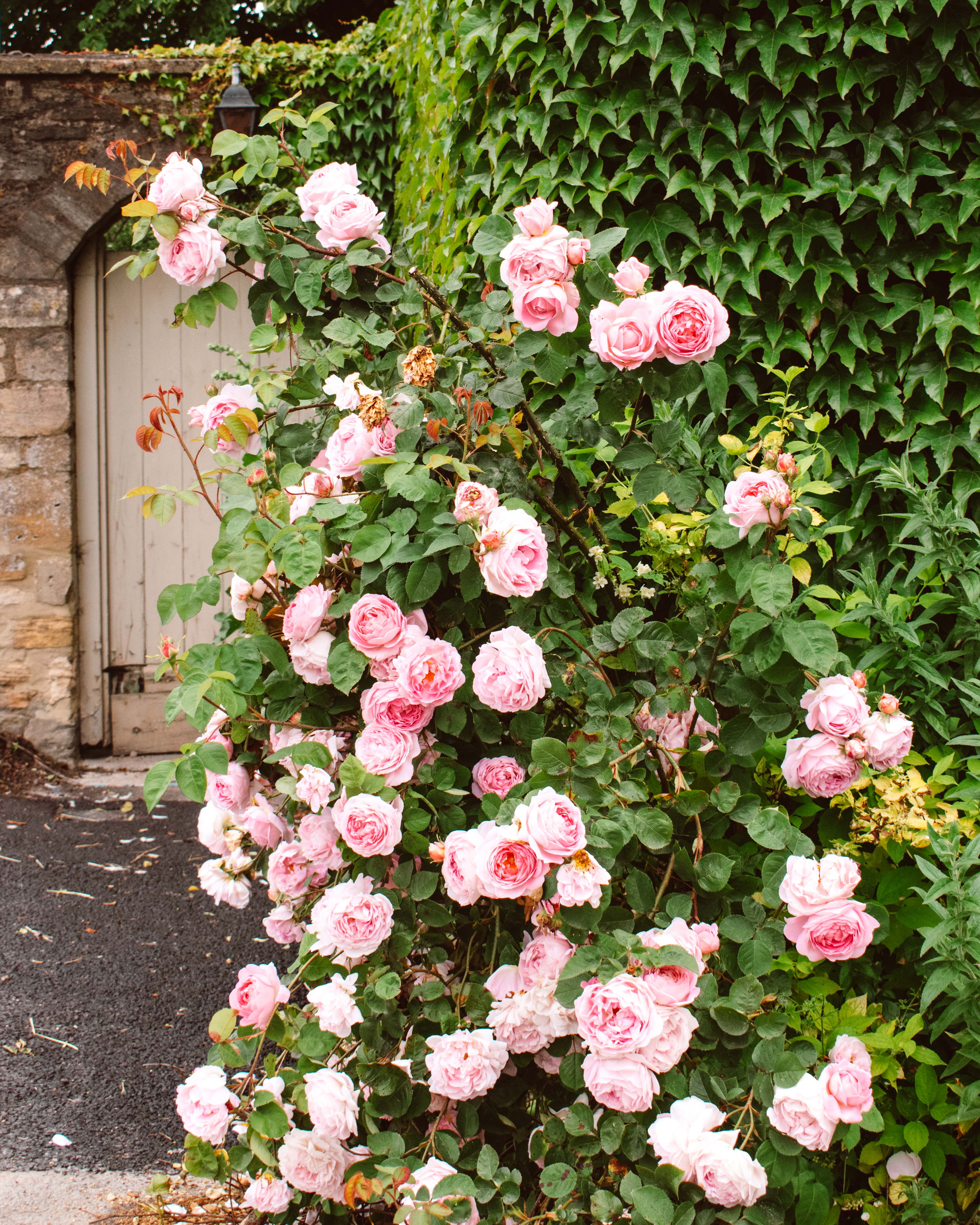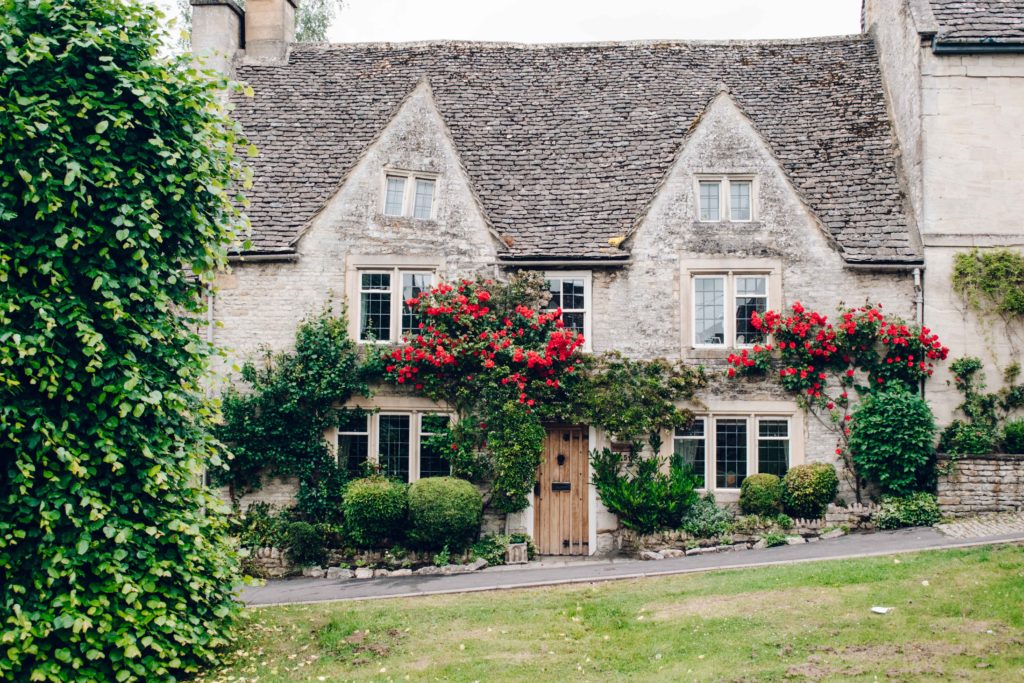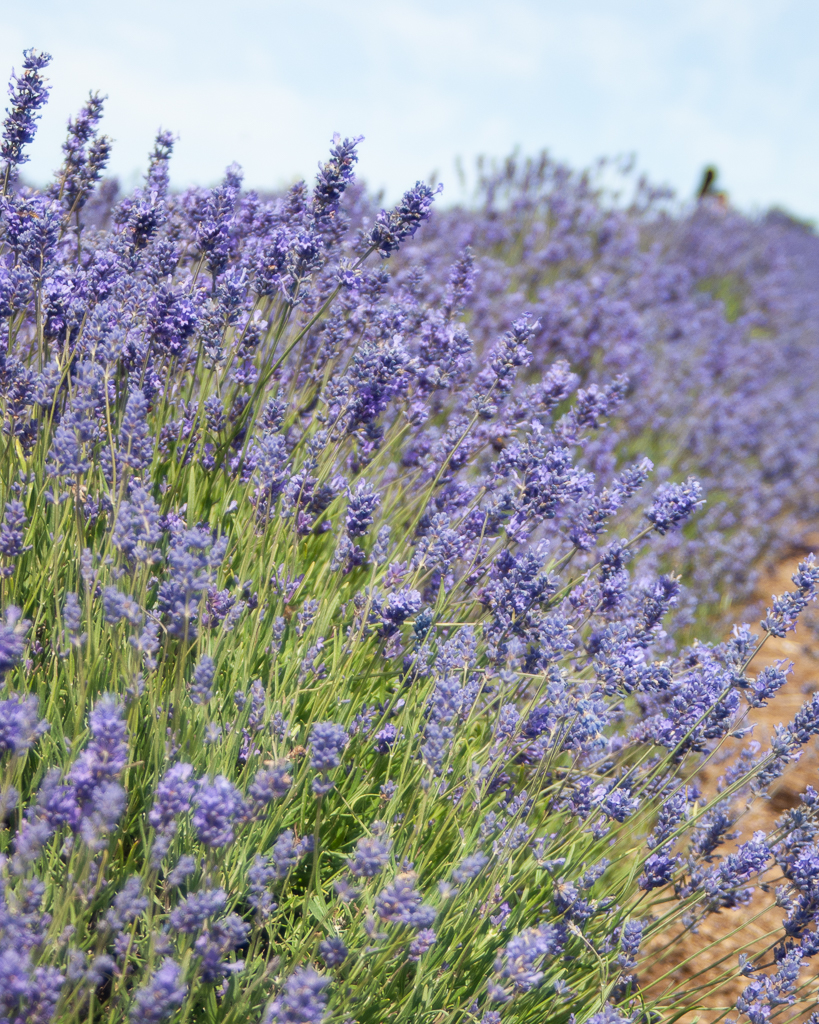
No matter how many times I visit, I simply cannot get over how absurdly picturesque the Cotswolds are. It is overflowing with fantastic places to eat, honey-hued villages so pretty they almost don’t seem real, rolling English countryside and some of the best hotels in England.
The Cotswolds covers a huge area – almost 800 square miles across Oxfordshire, Gloucestershire, Warwickshire, Wiltshire and Worcestershire – and is England’s largest designated Area of Outstanding Natural Beauty (AONB).
A short trip from London, it is the perfect weekend away from the capital. There are also few places better for a romantic break so keep reading if you want to spoil your significant other!
However, you will not be the only person planning a trip as The Cotswolds attracts millions of visitors every year. You might therefore want to plan your visit out of the peak seasons. Try to avoid visiting during school holidays and if possible aim for a midweek visit – especially in the summer months!
GETTING THERE
Just under two hours’ drive or 90 minutes by train from London’s Paddington Station, it is possible to visit the Cotswolds as a day trip. But to really make the most of the cosy pubs, luxurious hotels and boutique B&Bs, you will want to stay at least a night.
The main train stations are Cheltenham, Bath and Oxford, but there is also a network of regional lines which crisscross the Cotswolds.
Bristol and Birmingham are the closest airports – both around an hour’s drive away.



GETTING AROUND
Most people hire a car to explore the Cotswolds given the flexibility this offers, and the ability to get to less visited areas. Car hire will be cheapest in the larger towns around the edge of the AONB. Oxford, Bath, Cheltenham and Gloucester are your best bets.
However, in the summer months the narrow roads can get very busy, and finding a parking spot can be a real battle. If you are happy to travel more slowly, and see fewer places, there are some reasonable public transport options. Regional trains serve Moreton-in-Marsh, Stroud, Kemble, Charlbury and Kingham. Bus services link the stations to some villages further afield, but are infrequent.
There are also a number of tours you can join if you would rather not drive or are only here for the day. The Secret Cottage Tour – a six hour all-inclusive trip that collects you from Moreton in Marsh train station – comes highly recommended.
THE PRETTIEST VILLAGES
As ever, please do remember that these are people’s homes. I still can’t get over watching in disbelief as a couple from a tour bus climbed over a garden wall (trampling a beautifully tended flower bed in the process) to try and get a photo inside a house…
Castle Combe – possibly the prettiest village in England. The village is frozen in time with no new homes built since the 1600s. The 13thC St Andrews Church is said to have the oldest working clock in the UK. The tower was built in 1434 at the expense of the clothiers of the village. Although much of the modern church dates from 1851, there is still a 13thC chancel wall and the tomb of Sir Walter de Dunstanville. Sir Walter built the now vanished castle which gave the village its name. For the best view, walk down the hill from Market Place to the bridge at the southern end of the village. This is one of the busiest spots in the Cotswolds, so come early in the day if you want to miss the hordes.
Bibury – competing with Castle Combe for the title of most idyllic village, Bibury is as classically Cotswolds as they come. The famous Arlington Row is so supremely English it even features on the pages of a British passport. Probably the most photographed street in the UK, the cottages were originally built in the 14th C as wool stores, before being converted into weavers’ cottages in the 17thC. What is not widely known is that you can actually stay here – you can rent the sweet cottage number 9!



Stow on the Wold – this classic market town, and the highest in the Cotswolds, offers lovely views over the surrounding countryside. There are also lots of great tea rooms here making it a great afternoon stop. It is virtually obligatory to go and see “the” door. Not just any door, but the western entry to St Edwards Church which is flanked by two 700 year old yew trees. It is said to have been the inspiration for JRR Tolkien’s door to the Mines of Moria in The Lord of Rings.
Bourton on the Water – known as the “Venice of the Cotswolds”, if you are after antiques shops, tea rooms and cosy pubs this is the place for you. If you fancy yourself a bit of a mechanic, the Cotswolds Motoring Museum has a collection of vintage cars to admire (adults £6.75). If you are after something more sedate, you can have your own scent created at the Cotswolds Perfumery.
Chipping Campden – one of the smallest villages, the High Street dates back to the fourteenth century when it was a wealthy wool trading town. It is probably one of the least touristy villages on this list, but is very picturesque with rows of thatched cottages, a quirky high street and the fantastic Ebrington Arms (great place to stay and eat).


Lower and Upper Slaughter – quintessential Cotswolds honey coloured houses are the main draw in these sweet sister villages on the River Eye. The slightly alarming village names come from slough, the old English word for a muddy or boggy place. There is a lovely mile long walk between the two. Picturesque Upper Slaughter is known as one of Britain’s “sainted villages”, meaning it lost no one in the First World War. The River Eye runs through Lower Slaughter, with the water mill taking centre stage. A mill is recorded on this site as far back as the Doomsday Book of 1086.
Burford – originally the centre of the medieval wool trade, walk to the top of the bustling High Street for wonderful views out over the River Windrush and Cotswolds Hills. It is hard to resist the lovely shops in Burford. Try Cotswolds Cheese for a tasty souvenir and At Home with the Rudds for all your interior design needs. The beautiful St John the Baptist Church is also well worth a visit. The cannonball and musket marks from where Cromwell’s troops attacked the Church during a mutiny by local soldiers in May 1649 are still visible. Three ringleaders of the rebellion were executed by firing squad in the churchyard. There is a small plaque dedicated to them on the outer church wall.







Lacock – a bit of a hidden gem! This National Trust-protected village is just south of Chippenham, and is one of the most beautifully preserved in the Cotswolds. It is often much quieter than it’s well known neighbours, so perfect if you are hoping to avoid the crowds.
WHAT TO DO
Sudley Castle – 15th century ruins, grand castle rooms and award winning gardens. It is the only private castle in England to have a queen buried in its grounds – the last of Henry VIII’s six wives, Katherine Parr, is buried here. (Adults £17.75).
Highgrove Gardens – the private home of Prince Charles, the beautiful English gardens here are well worth a visit when they are open during the summer months. Book well in advance as dates are limited and sell out quicky. If you aren’t able to secure a ticket, the shop sells jams, biscuits and chutneys which – although pricey – make excellent gifts. (Adults £27.50).
Blenheim Palace – built in the early 18th century as a gift from Queen Anne to John Churchill, 1st Duke of Marlborough, to commemorate his victory over the French in the Spanish War of Succession. But it is probably now most famous as the birthplace of Britain’s Second World War Prime Minister, Winston Churchill, in 1874. It is still the home of the Dukes of Marlborough, and is the only non-royal, non-episcopal house in England to hold the title of palace. It is a huge site to explore – with 187 rooms, the palace has a footprint of seven acres and the Capability Brown-designed estate covers over 2,000 acres. (Adults £29.50 for the Palace, gardens and park; £18.50 for just the gardens and park).
Hidcote Manor Garden – hardly a secret so expect to share your visit with plenty of other people, but certainly worth braving the crowds for! This Arts and Crafts masterpiece was created from 1907 by the American horticulturist, Lawrence Johnston. The garden is famous for its numerous garden ‘rooms’, enclosed by clipped hedges and containing a wide variety of both common and exotic plants.(Adults £15; free for National Trust members).


Cotswolds Lavender Farm – who needs Provence when you have the Cotswolds?! (I am kidding, everyone needs Provence. It’s glorious.). This third-generation family farm overlooks Broadway and the Vale of Evesham. They grow over 40 different varieties of lavender, in an astonishing 140 miles of rows and over 500,000 plants. In the height of the summer, the lavender is harvested before being distilled to be sold in various, gloriously scented, forms. The lavender usually blooms mid-June to mid-July. (Adults £7).
During the months of June and July, you will also see fields of blooming poppies as you drive along the Cotswolds roads.
Westonbirt, The National Arboretum – if you are a garden enthusiast, and even if you are not, Westonbirt is a wonderful day put. Founded in 1829 and containing more than 15,000 specimens, this is the UK’s national collection of trees. The gardens are extensive, with 17 miles of pathways to explore. The 300m long Treetop Walkway offers a magnificent birds-eye view from 13m up, across the treetops. Come in the late Spring if you want to see the rhododendrons, camellias and magnolias in bloom. (Adults £11 in summer; £15 in autumn; £8 in winter ).
Broadway Tower – one of the best (and therefore most popular) sunset spots in the Cotswolds. Built in 1799 as a Gothic folly, it was used as a countryside retreat by the designer William Morris. It is the second highest place in the Cotswolds (Cleeve Hill is the highest), and on a clear day you can see as far as Wales. There is a 1.5 mile walk along the Cotswold Way… or a carpark near the top if you feel too full after a long pub lunch.
WALKING
There more than 3,000 miles of footpaths, and nearly 4,000 miles of historic Cotswold stone walls partitioning up the Cotswolds Hills. Check out the official Cotswolds website to find your own, but here are a few of my favourite to get you started:
Laurie Lee trail – this five-mile circular offers gorgeous views, and a few steep paths to go with them!
Minister Lovell and Crawley – lovely 3.6 mile loop is a gentle, and quintessentially Cotswolds, walk through tree covered paths and open fields. The highlight is a wild swim in the River Windrush in front of the ruins of Minster Lovell Hall.


Leckhampton Hill – just outside Cheltenham, this 293m hill is part of The Cotswold’s Way with views out over Cheltenham, the Severn Valley and the Malvern Hills. If you don’t fancy the walk, you can park on Hartley Lane to avoid the climb.
Bredon Hill on the Wychavon Way – the 980ft summit of Bredon Hill is a tranquil place to escape the summer crowds. Starting in Pershore, it is a fairly steep slog up to the top so take a picnic to have amongst the mysterious standing stones at the top as a reward. Either go back the way you came, or descend into Ashton under Hill and catch the 540 bus to Evesham and return to Pershore by train (10 miles for the one way route).



The Cotswolds Way – meandering for 102 miles through quiet countryside from Chipping Campden to Bath, this long distance path is regularly on lists of the top walks in the UK. There are a number of shorter circular routes along the way, or the entire trail takes around a week to complete. Note that wild camping is not permitted anywhere in the Cotswolds.
Bourton-on-the-Water to Stow-on-the-Wold – you can almost finish this 11 mile circuit in the time it takes to finishing saying such long place names! Following at times the Oxfordshire Way and the Gloucestershire Way, this route takes you through some of the most picturesque Cotswolds scenery and villages. A mid walk dip in the cooling River Windrush is always a good bet.
WHERE TO EAT
A delicious roast served in a traditional English pub, or a large slice of cake in an independent café, is one of the great joys of the Cotswolds and you will be hard pressed to find a bad meal. But there are some that stand out – these are a few of my absolute favourites.
Wild Rabbit – this stylish pub in Kingham is part of the Daylesford estate. It is artfully rustic with open fires and squishy armchairs. The food is equally appealing – particularly of you stop by for Sunday lunch with all the trimmings.
Kingham Plough – the menu here is based on old Cotswold recipes, and the food deserves all of the awards it has won. My truffle Mac and cheese side was so tasty I could have had multiple bowls! There is a more affordable bar menu, with some classic comfort food choices.



Cat and Custard Pot – this adorable village pub is owned by local families who keep it as a proper pub. The menu is very reasonable, and the potato pancakes are simply delicious.
Ebrington Arms – the Sunday lunch here is simply gorgeous, and served in a relaxed, friendly atmosphere. They also have cosy rooms if you think you will need a shorter waddle to bed after a fantastic meal.
The Broadway Deli – a more affordable stop for an afternoon coffee and cake, or to stock up on the delicious local produce.
Daylesford Farm Shop – more a lifestyle than a shop… the ultra-trendy mothership of the London deli institution, Daylesford sells fantastic organic local produce at the inhouse creamery and butchers. There is a lovey café and a sleek interiors shop. Also home to the lovely Bamford Wellness Spa – book well in advance.



Lynwood Coffee – good coffee, friendly staff, yummy cakes and tasty toasties. Small selection of local produce on sale. Slightly pricey, but then so is everything in the Cotswolds!
The Bell at Sapperton – great pub food in a traditional pub atmosphere. Stone floors, open fires and low, wooden beams make this feel quintessentially English.

Badger’s Hall – you can’t come to the Cotswolds and not have a traditional cream tea, and this fifteenth century team room is the perfect setting.
The Lygon Arms – pay a visit to the bar or the wood-panelled dining room and follow in the footsteps of former patrons such as Charles I, Oliver Cromwell, Richard Burton and Elizabeth Taylor. It is also a popular hotel. We unfortunately had a very disappointing stay here (although the food was very good), but others rave about it.
The Bull at Charlbury – one of the best gastropubs in the Cotswolds, with great service and superb menu. Book in advance as its popularity makes it hard to get a table. The soda bread is excellent!
WHERE TO STAY
Given its popularity, and the focus on luxury, accommodation in the Cotswolds can be very pricey. It also gets booked up quickly months in advance. If you want to save some money there are some lovely cottages to rent in the area. Or you might want to stay in one of the bigger towns such as Cheltenham or Cirencester where hotel rates are much more reasonable.
Medowbank House B&B – a real hidden gem, this affordable bed and breakfast has amazing gardens and a lovely breakfast.
Double Red Duke – gorgeously cosy hotel, with interiors that will make you want to move to a (luxurious!) country cottage immediately! Great food – book in advance if you want to dine in the evening.
The Royal Oak – this friendly 1780s inn has six reasonably priced bedrooms, with a slightly arty vibe and good food on offer in the pub.
The Old Stocks Inn – sixteen rooms in a lovely boutique inn. It has been beautifully decorated – think Scandi-hipster does English country home. Great location within ten minutes drive to some of the Cotswolds’ prettiest villages. Locally focused menu and a fairly extensive cocktail list.
The Porch House – thought to be one of the oldest inns in England (c. 947AD is pretty old right?), they offer thirteen rooms in an English Heritage listed building, complete with exposed beams. Stow-in-the-Wold is a good location to be based in, as it is easy distance to most attractions.
If you are looking for other ideas for UK travel, check out my other guides to the British Isles.




Leave a Reply